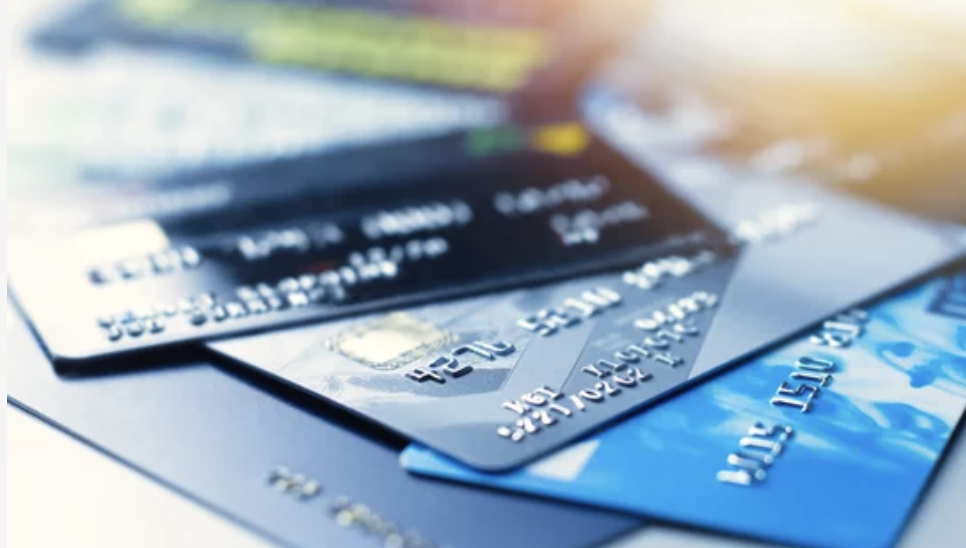Kerby Anderson
Credit card debt is soaring to new records. The reason for this dramatic increase is simple: inflation. Americans with a fixed income have few choices when prices rise. They can cut back or go into debt. An increasing percentage of Americans are doing the latter.
In the last three months of 2022, credit card balances increased by $61 billion to nearly $1 trillion ($986 billion). By the way, this smashed the previous record ($927 billion) that was recorded before the COVID-19 pandemic began.
This debt hike shows that more Americans are resorting to putting purchases on credit because they cannot afford weekly expenses. And while it is true that going into debt for any purchase is a bad idea, putting that debt on a credit card is the worst decision someone could make.
Unfortunately, that was another record that was set. The average credit card interest rate offered in the US over the last three months was 21.4 percent. Even though the average credit card percentage is now 19.14 percent, that is still higher than the previous record in 1991.
Consider what it would take to pay off $5,000 in debt. At the current interest rate, it would take 191 months and $6,546 in interest to pay off the debt making minimum payments. But the reality is that credit card balances are up, interest rates are up, and more people are carrying credit card debt. At the end of 2022, some 18.3 million borrowers were behind on one or more credit cards.
There aren’t too many other choices for workers. More Americans are adding overtime and second jobs to make up the difference for the higher prices they are paying. Unfortunately, politicians don’t understand how hard it is to keep up with inflation while the Federal Reserve keeps hiking interest rates. 
 Listen Online
Listen Online Watch Online
Watch Online Find a Station in Your Area
Find a Station in Your Area








 Listen Now
Listen Now Watch Online
Watch Online
